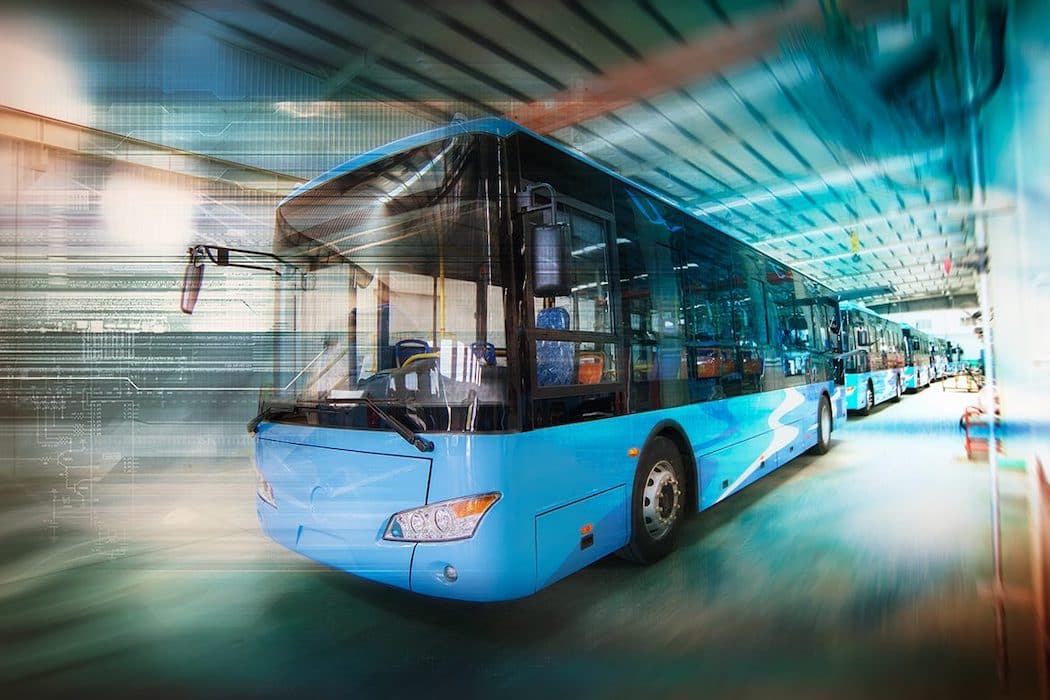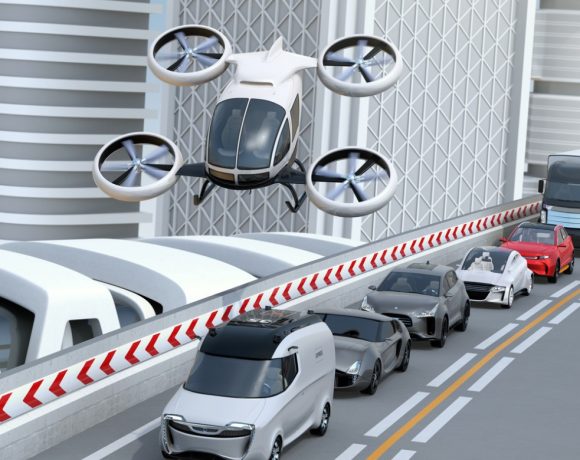- Subsidies worth INR 437 crore have been allocated by the Indian government to encourage the adoption of e-buses in the bigger cities of the country. Currently, around 390 e-buses are plying the roads of cities, significantly curtailing emissions and protecting the environment.
- E-buses require a supporting ecosystem, the most important of which is charging infrastructure. Broadly, two types of charging facilities will need to be installed – top-up charging and battery swapping.
- The Nation Urban Transport Policy, introduced by the Indian government in 2006, envisioned a mobility plan for the country with a focus on people mobility and sustainability. Under the guidelines of the scheme, the Bus Rapid Transit (BRT) was introduced. BRT is characterised by better infrastructure designs and smoother operations.
Cities around the world are growing rapidly. Data shared by the United Nations show that more than half of the world’s population are currently living in urban areas. Indian cities are particularly vulnerable to the problem of accommodating a huge (migrant) population, due to the uneven distribution of opportunities in rural and urban areas. Accommodating a large population comes with its own set of problems such as poor air quality and crumbling public infrastructure.
To resolve these problems, Indian cities are concentrating on increasing the number of electric vehicles (buses, taxis and three-wheelers) on the road to achieve zero emissions and decreased impact on the environment, and cost saving in the long run.
Aids and impediments
Subsidies worth INR 437 crore have been allocated by the Indian government to encourage the adoption of e-buses in the bigger cities of the country, such as Delhi, Ahmedabad, Bangalore, Jaipur, Mumbai, Lucknow, Hyderabad, Indore and Kolkata. Currently, around 390 e-buses are plying the roads of these cities, significantly curtailing emissions and protecting the environment.
On the other hand, the Indian government has introduced a lease model for city bus operators that is counterproductive to its attempts at increasing the number of e-buses. The Capital Expenditure (CAPEX) model, introduced by the Department of Heavy Industries, requires city bus operators to contribute 40% of the expenditure in acquiring e-buses, with the government bearing 60% of the expenditure. The high up-front costs have made it difficult for State Road Transport Undertakings (SRTUs) to acquire buses through the CAPEX model, with the operators already running in deficits. The operators will be paid based on the distance covered, and will be responsible for the maintenance of the vehicles too.
Setting up the supporting infrastructure
E-buses require a supporting ecosystem, the most important of which is charging infrastructure. Broadly, two types of charging facilities will need to be installed – top-up charging and battery swapping. Top-up charging stations are essentially fast charging stations along the operational routes of the e-buses. Buses can start with a full-charge in the morning with multiple fast-charging stops along its route. In addition, the charging stations require only a minimal space of 1mt x 1mt, which is useful as real estate acquisition is a hurdle in Indian cities.
Battery swapping, on the other hand, has much bigger infrastructure requirements. Depots where buses are parked and used batteries are swapped will need to be bigger in size to accommodate the space for the swapping stations. This means more real estate investments. But, on the positive side, battery swapping helps buses to operate the whole day without any interruptions.
The role of Bus Rapid Transit lines
The Nation Urban Transport Policy, introduced by the Indian government in 2006, envisioned a mobility plan for the country with a focus on people mobility and sustainability. Under the guidelines of the scheme, the Bus Rapid Transit (BRT) was introduced. BRT is characterised by better infrastructure designs and smoother operations. The State of Gujarat implemented a successful BRT line called Janmarg (public road) in its biggest city, Ahmedabad, with an operational length of 12.5 kms. It was later extended to 88 kms in 2014, improving connectivity across the city. Ahmedabad’s success was followed by similar successes in cities such as Rajkot (Rajmarg), Indore (iBus), Surat (Citilink), Pune and Pimpri Chinchwad (Rainbow BRT).
Janmarg and Rainbow BRT have achieved daily ridership numbers of 150,000 commuters. In the case of Janmarg, studies indicate that 19% of private vehicle users have made the shift to BRT. Rainbow BRT too has witnessed an 8% shift from private vehicles to BRT buses within three months of its operations.
Battery Electric Buses are likely to be the future of mobility in India. Although it may be too early to implement a fully electric fleet based on infrastructure limitations, a phase-in period to allow their adoption seems plausible. Having a mixed fleet especially on busier operational routes can be a good place to begin with, test the technology and make changes in the future if required.






NO COMMENT